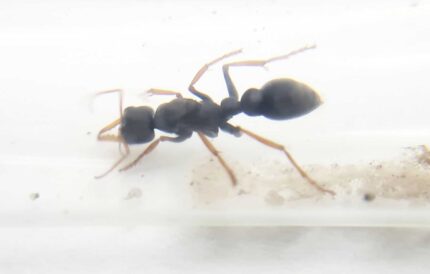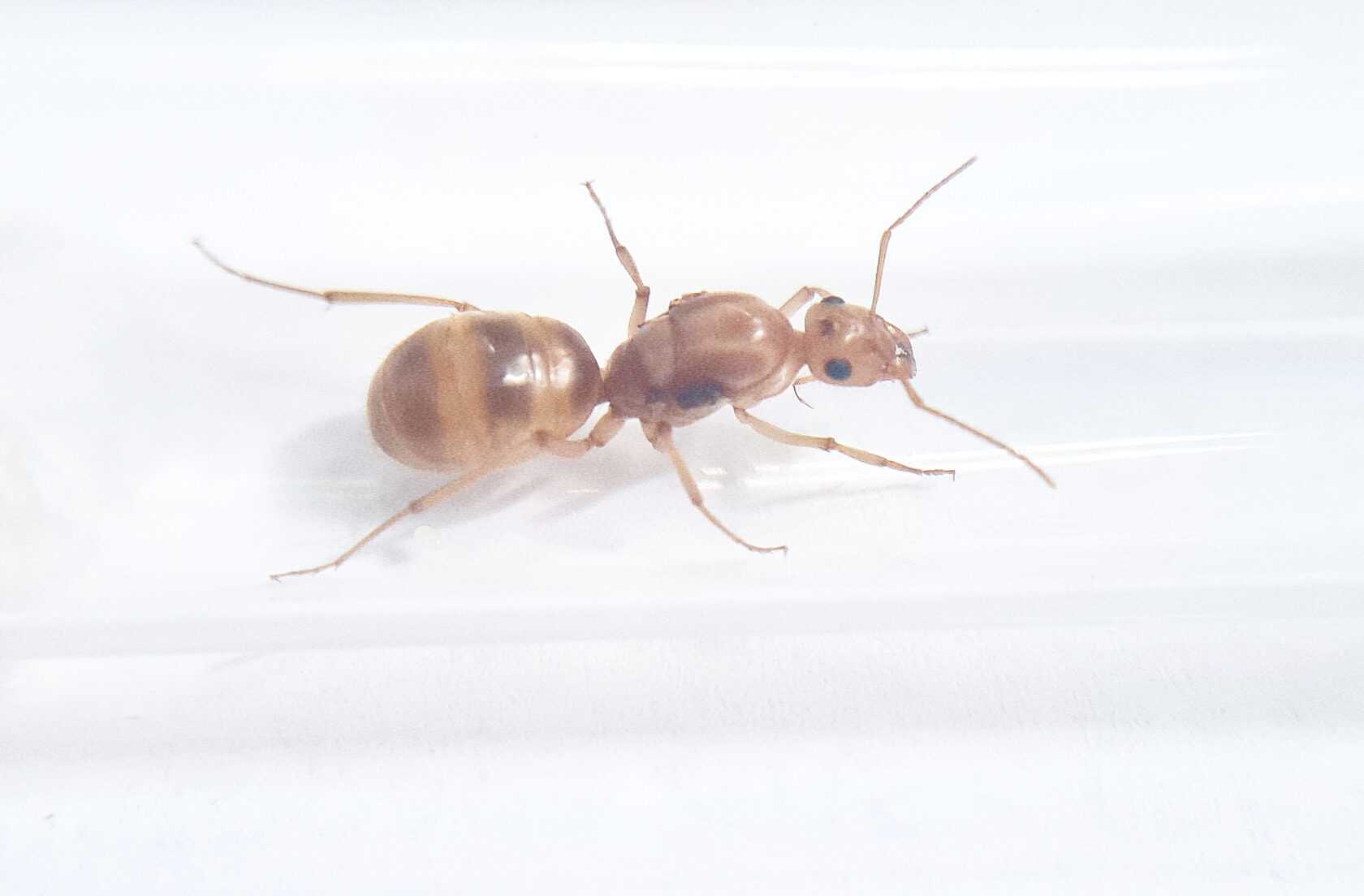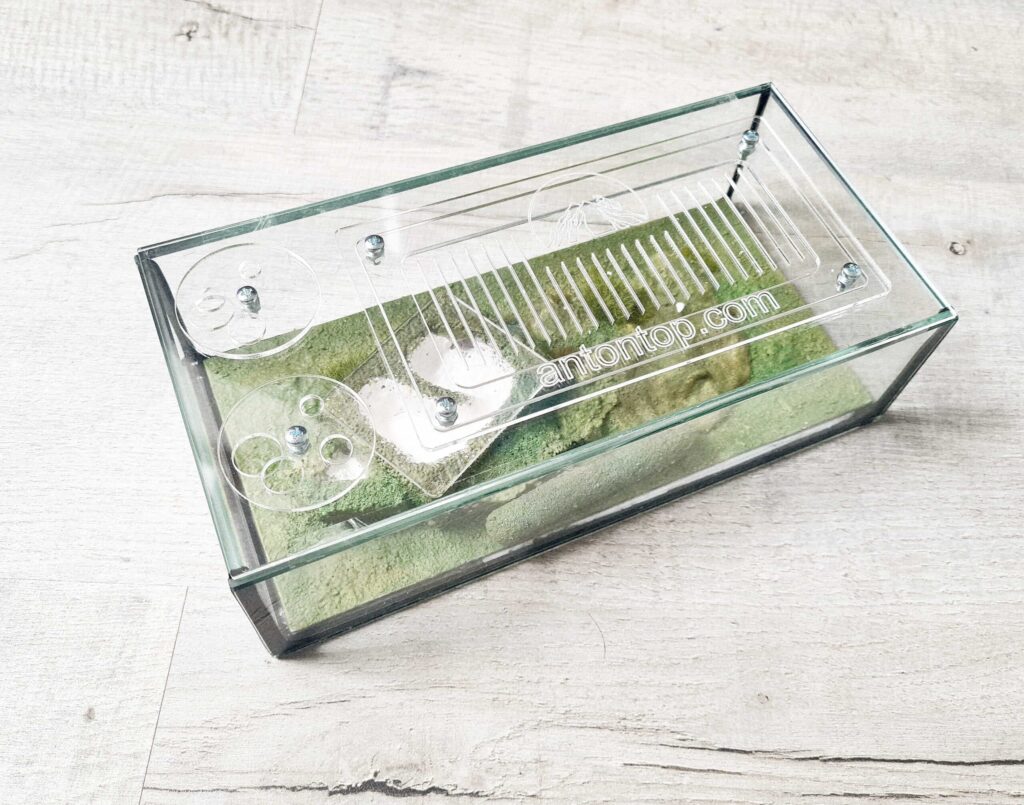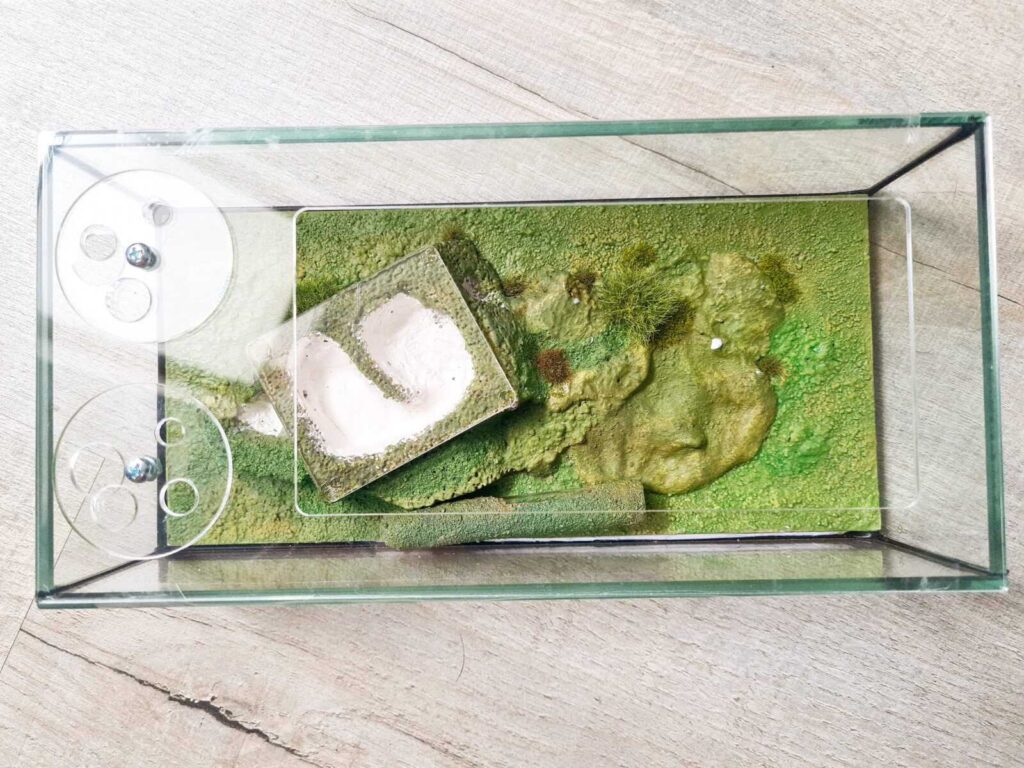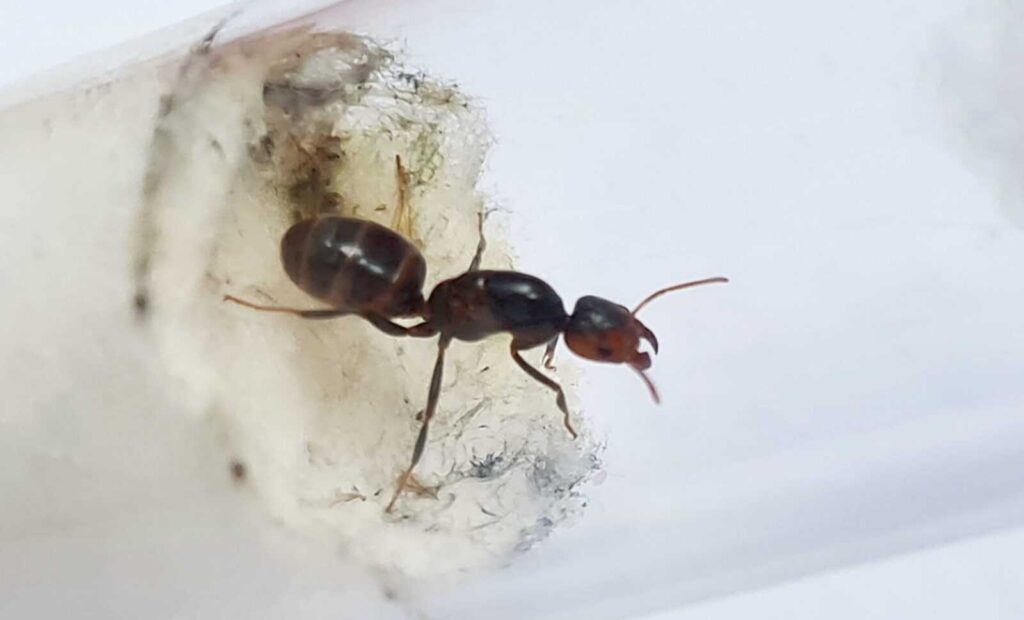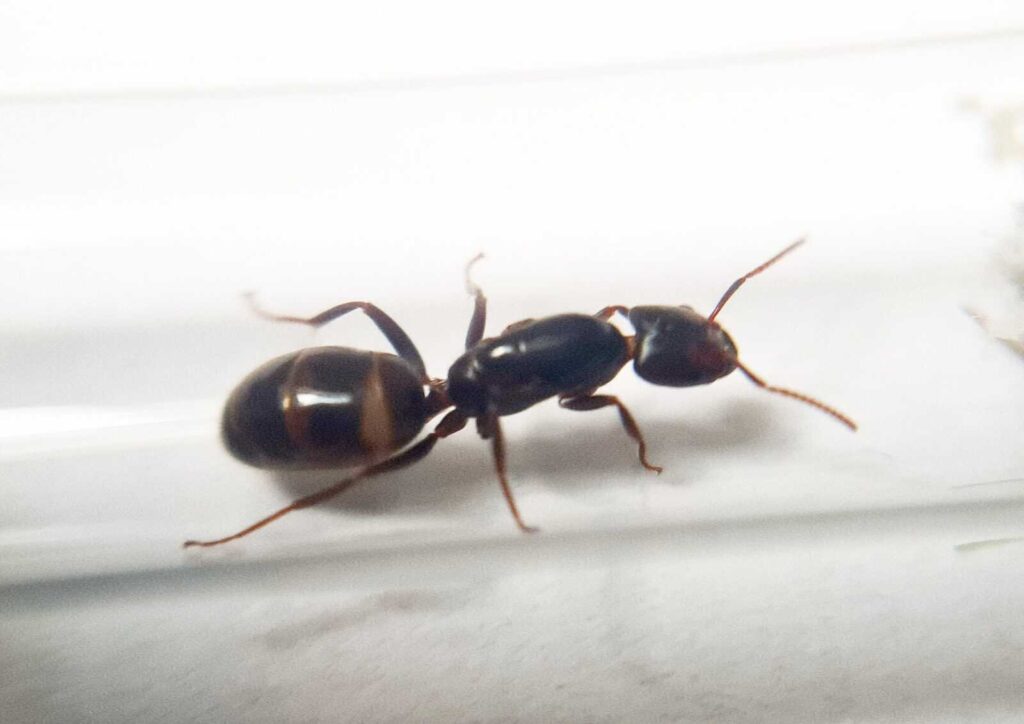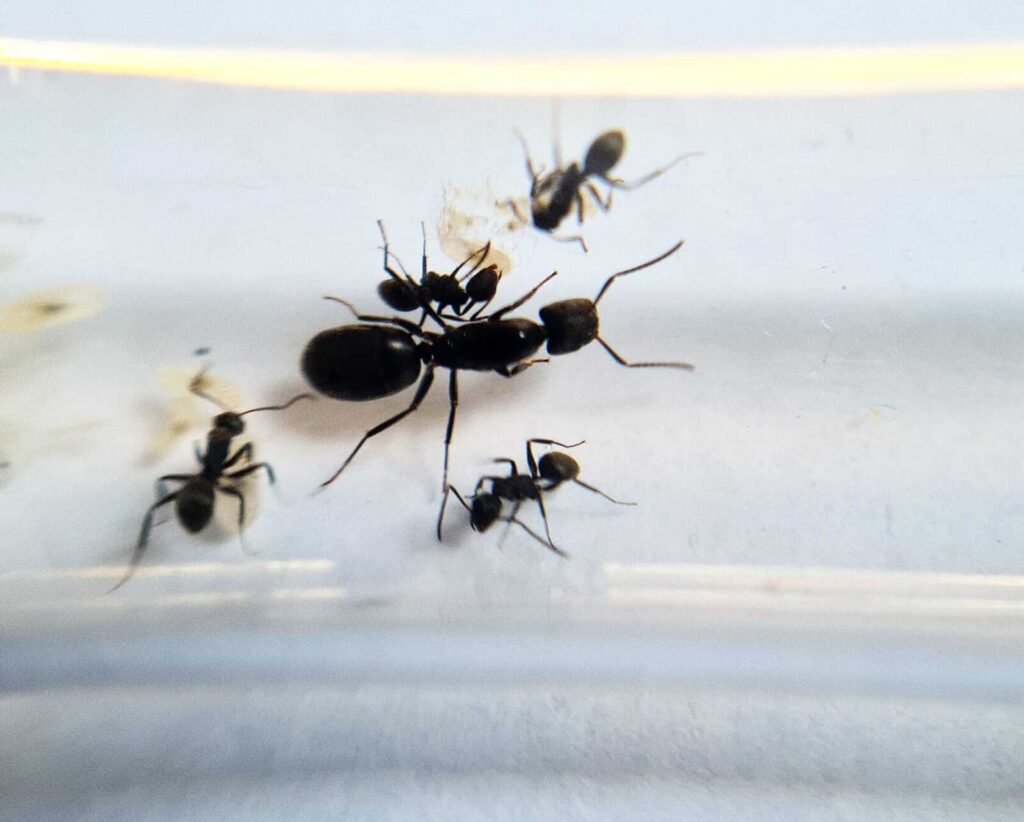Myrmecocystus mexicanus
749,90 zł – 1329,90 zł
Worldwide shipping
Free delivery over 500 PLN
The highest quality of goods
Live delivery guarantee
24/7 Personal Support
Fair Prices
Description
Myrmecocystus mexicanus is a species of ant that forms monogynous colonies with a size of 10,000 workers. They have a medium development rate and the queen is 14-16 mm in size while workers are 5-10 mm. The ants are orange-yellow in color and their nutrition consists of food insects, fruits, vegetables, and seeds. They require a humidity level of 40-60% in both the arena and nest, and the temperature in the arena should be maintained accordingly.
Additional information
| Behavior | |
|---|---|
| Difficulty in breeding | |
| Origin | |
| The size of ants | |
| Wintering |
Myrmecocystus mexicanus: The Fascinating Ant Species
If you are an enthusiast of ant keeping, you will undoubtedly find Myrmecocystus mexicanus to be a captivating addition to your collection. This species, commonly known as the Mexican honey ant, belongs to the genus Myrmecocystus and is renowned for its unique behavior and intriguing colony dynamics.
Colony Structure and Size
Colony Type: Monogyny
Colony Size: Up to 10 000 workers
Development Speed: medium
Size and Color:
- Queen: 14-16 mm
- Workers: 5-10 mm
Physical Characteristics
The ants’ striking orange-yellow coloration adds to their visual appeal, making them a favorite among ant enthusiasts.
Nutrition:
- Food insects (such as cockroaches and crickets) dead, or live if colony is big
- Syrup (a mixture of water and honey or sugar, with a ratio of 4/3 water:1)
- Fruits and vegetables
- Jelly
- Cooked chicken without salt, shrimps
- Honey
Don’t forget to check out our food products to ensure a well-balanced diet for your colony!
Humidity and Temperature:
- Humidity: Arena: 40-60%, Nest: 50-70%
- Temperature: Arena: 23-30 °C, Nest: 22-26 °C
The Distinctive Feature: Honey Ants
One of the most captivating aspects of Myrmecocystus mexicanus is their unique adaptation as honey ants. These ants have the ability to store excess food in specialized workers known as repletes. These repletes fill their bellies with carbohydrates, expanding to the size of grapes, and then hang upside down from the ceiling of their nest. This fascinating behavior allows the ants to survive food shortages and support the colony during lean times.
Recommended Nests for Breeding
When setting up a suitable habitat for Myrmecocystus mexicanus, consider the type of nest that will best facilitate their breeding and development. Acrylic, cork, plaster, and aerated concrete nests are highly recommended choices that provide the necessary stability and insulation for the ants’ overall well-being.
In Conclusion
Myrmecocystus mexicanus, the Mexican honey ant, is a truly captivating species to observe and care for. From their monogynous social structure to their distinctive honey storage behavior, these ants offer a unique and rewarding ant-keeping experience. By providing them with the right nutrition, humidity, temperature, and suitable nesting options, you can create an ideal environment for these fascinating creatures to flourish.


